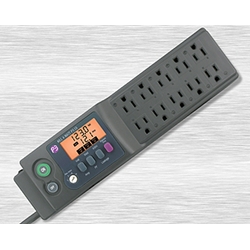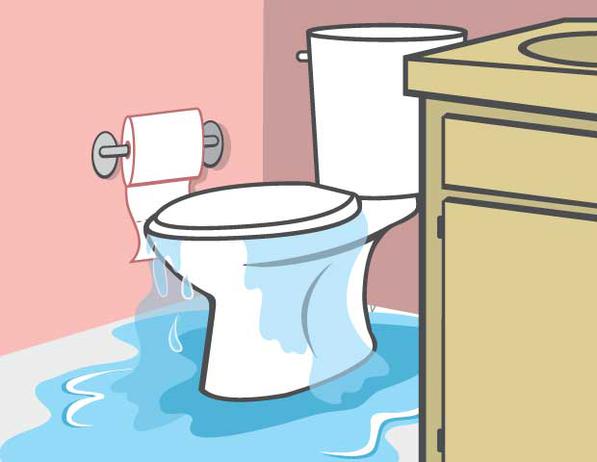Did you ever wonder why we have Daylight Saving Time, other than to mess with our circadian rhythm and remind us to change our smoke alarm batteries? In 2015, Daylight Saving Time (DST) officially ends at 2:00 a.m. on Sunday, November 1 in those states that observe “spring ahead, fall back.” That’s when we turn the clocks back an hour and return to Standard Time. Sunrise comes earlier, which is nice for those early risers, but so is sunset, resulting in shorter afternoons. Here are some interesting facts about how DST began, whether it is really effective and what it’s got to do with smoke detectors.
Invented by Mr. Franklin
Credit for Daylight Saving Time (DST) belongs to that American patriot Benjamin Franklin, who first suggested the idea in 1784. It didn’t really catch on in the United States until World War I, in an effort to save on artificial lighting costs. The practice was unpopular and soon abolished, however, it was resurrected by FDR during World War II to save fuel and eventually became a state option in the years following.  The argument for DST is that changing the clocks — whereby we “spring forward” and “fall back” — will decrease energy consumption because having more sunlight in the evenings will reduce the need for artificial illumination.
Does DST Really Save Energy?
Recent studies are challenging the long-held reasoning that DST saves energy. In fact, evidence suggests that DST has the opposite effect. The reason is that while DST reduces demand for residential lighting, it increases demand for heating and cooling. In regions like the southwest United States where demand for air conditioning is greater and growing, daylight saving time is likely to increase electricity use even more!
Ways to Save Energy (With and Without DST)
Even though it’s questionable that DST conserves energy, there are many ways you can reduce electricity use at home, including these recommendations from the U.S. Department of Energy:
- Lighting – Purchase energy-efficient lighting options that provide the same amount of light for less money. Bring in more daylight with energy-efficient windows and skylights.  Use timers or home automation systems to turn lights on and off as needed.
 Install and set a programmable thermostat — You could save an estimated 10 percent per year on heating and cooling costs without sacrificing comfort by using a programmable thermostat to lower the heat or raise the A/C when you are asleep or away from home.
Install and set a programmable thermostat — You could save an estimated 10 percent per year on heating and cooling costs without sacrificing comfort by using a programmable thermostat to lower the heat or raise the A/C when you are asleep or away from home.
- Appliances and Electronics – Replace old appliances with new, more efficient appliances that are ENERGY STAR® certified and use 10-15 percent less energy and water than standard appliances. To determine how much energy your old appliances are consuming, use a power meter to accurately measure the amount of electricity an appliance is using.
 Combat vampire power with a power strip – Many electronic devices and equipment continue to consume unnecessary energy even when not in use (also called “vampire powerâ€) and can cost about $100 a year! Use an inexpensive power strip to turn off electronic devices easily when not in use to eliminate energy vampires. Also, unplug your chargers when not in use — they draw energy even when they aren’t connected to a device.
Combat vampire power with a power strip – Many electronic devices and equipment continue to consume unnecessary energy even when not in use (also called “vampire powerâ€) and can cost about $100 a year! Use an inexpensive power strip to turn off electronic devices easily when not in use to eliminate energy vampires. Also, unplug your chargers when not in use — they draw energy even when they aren’t connected to a device.
About Those Smoke Alarm Batteries
Thanks to the efforts of the National Fire Protection Association, we are reminded every fall at the end of DST to change the batteries in our smoke detectors and carbon monoxide detectors and make sure they are working properly. Since the risk of dying in a home fire is cut in half in homes with working smoke alarms, this is very good advice!
NOTE: If your home has a security or alarm system with interconnected hard-wired smoke detectors and CO detectors, you still need change the backup power batteries to ensure operation in the event of a power failure.
Conclusion
Many people favor Daylight Saving Time for reasons unrelated to energy savings, such as for the additional outdoor leisure time it provides in the evenings during the warm weather months. On the other hand, many people find the time switch disruptive, especially to their sleep patterns. According to the New York Times, a growing body of evidence reveals that DST increases rather than decreases energy consumption. Our conclusion: Â There are some benefits to DST, like serving as a reminder to change our smoke alarm batteries, but energy savings is not one of them!



